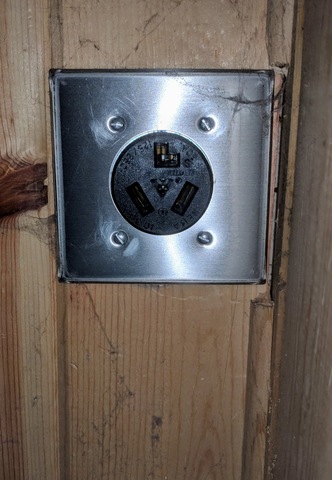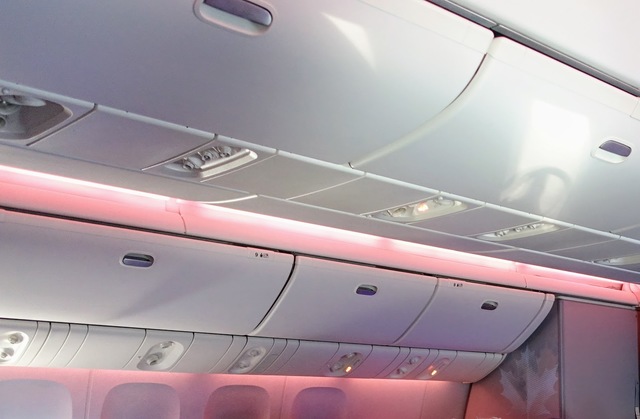Does your robocar come home after it takes you to work?
Submitted by brad on Thu, 2019-02-14 13:34
This week we've looked at two issues regarding robocars in the city:
Brad Templeton is Chairman Emeritus of the EFF, Singularity University founding computing faculty, software architect and internet entrepreneur, robotic car strategist, futurist lecturer, photographer and Burning Man artist.
This is an "ideas" blog rather than a "cool thing I saw today" blog. Many of the items are not topical. If you like what you read, I recommend you also browse back in the archives, starting with the best of blog section. It also has various "topic" and "tag" sections (see menu on right) and some are sub blogs like Robocars, photography and Going Green. Try my home page for more info and contact data.

This week we've looked at two issues regarding robocars in the city:
California has released the disengagement reports the law requires companies to file and it's a lot of data. Also worth noting is Waymo's own blog post on their report where they report their miles per disengagement has improved from 5,600 to 11,000.


The discussion on cars circling to avoid parking fees (short-answer, they won't) leads to a few other interesting issues I want to cover.
For many years, people have wondered if people might tell their robocars to just drive continuously around the block rather than pay for parking. I've written before about how that doesn't make sense, but a recent paper from Adam Millard-Ball of UC Santa Cruz tries to make a real case that it could make economic sense, even if it's antisocial.
I have started doing some of my posts on forbes.com. They invited me to contribute and I felt it is worth finding out if it extends my reach. For now, I will link to posts here, and eventually I will perhaps build a special RSS feed to combine the posts I do there with the ones here to make it easy for readers.




Various announcements and rumors suggest the major German automakers, including VW/Audi, Daimler and BMW might be planning a real alliance on robocars.


As you might guess, my recent switch to an electric car is revealing a variety of things to me, so you will be seeing more on that in the coming period.
Here's a moderately surprising result of switching to an electric car. Here in California, my electric bill went down. Just by a little, but in essence the (green) energy for my car is coming for free.
On my recent bill I used 900kwh and paid $168. 2 months ago I used 700kwh and paid $178. I drove around 900 miles. A small amount of my car electricity came from Tesla superchargers or other charging stations. Most was from my house. Yes, I use an above average amount of electricity already.
Why this this happen?

As we enter election season, people wonder who the right candidate for the Democrats (or never-Trumpers) to stand against Trump is.
There are many factors, but let me start with some generic factors for the Democrats at any time.

As an update to my proposal for a special circuit breaker to assist in managing home power I thought I would propose a much simpler alternative for those who have a dryer plug in their garage.

We continue to see lots of reports of a "pull back" on robocars, a "winter" of sorts. It is often presented as "the problem was harder than people expected" I discussed some of this in the prelude to my 2018 year in review.


My feet are aching, as usual, after 3 days on the CES show floor, and the question people always ask others there is "what have you seen that was interesting?"
I'm on my way to CES tonight, and am surprised to have not seen much robocar news yet from there. I'll publish some reports of what I see. The first modest announcement is the creation of a public education collective called PAVE which is the first consortium to have almost all the major players.
Copyright © 2025, Brad Ideas
Designed by Zymphonies
